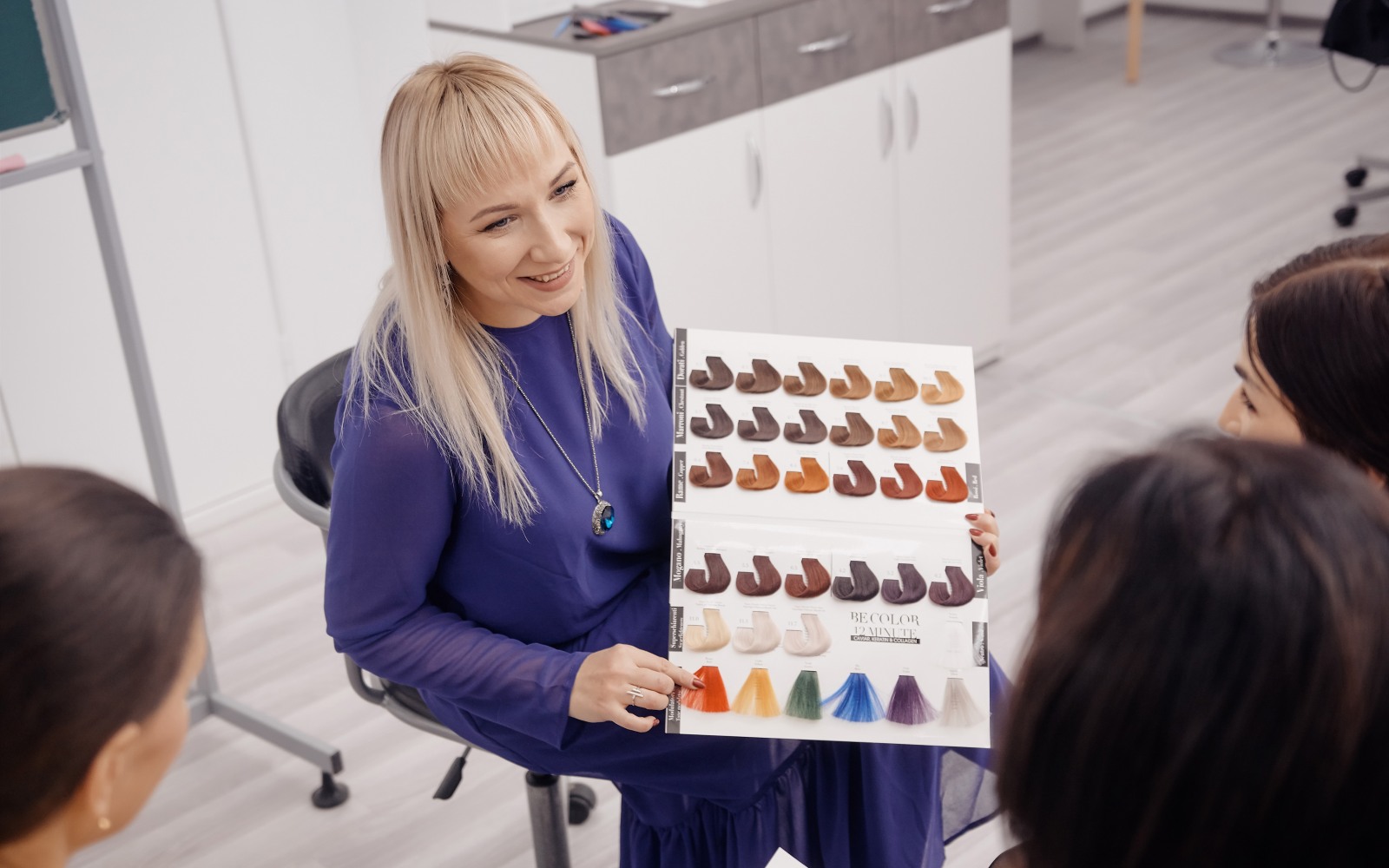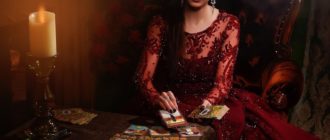An article on how to make the hair color turns out just the way you planned. How to consider the original hair color, how to choose the right tone and what color proofreaders are - read about all this here.
Contents
- How to mix hair dye with paint, which is already on the hair?
- How to mix hair dye if it is impossible to get rid of paint on your hair?
- How to mix hair dyeing: color rules
- How to mix hair dyes with corrector and is it necessary?
- How can you mix hair dyes and do without proofreaders?
- Video: Why does a redhead and yellowness appear on the hair, how to get cold hair color?
The leading techno of cosmetic companies say that you can and even need to mix hair dye. So you can get deep, playing in different lights, unusual shades that are not in the palette. And about how to mix hair dyes correctly, how to prepare hair for dyeing, and how to give it a healthy look after it, read in our article.
How to mix hair dye with paint, which is already on the hair?
Speaking in simple words, then topassing does not paint the paint and does not lighten.What sin to hide, most girls who decided to dye their hair have already had several, or even a dozen stains, and experiments with color.
In most cases, the pigment microparticles are washed off the hair in one to two months after staining. And you do not need to think about how to mix hair dye with them.
But it often happens that the idea that you need to repaint hair comes immediately after dyeing.
- Because I didn't like the color.
- Because you got excited and dyed your hair in fiery red or blue, and then decided that it looks too defiant.
- Because after painting, a greenish or yellow shade appeared on your hair, about how to get rid of them we will talk later.
The reasons why you want to mix hair dye and change the color can be a thousand. And often girls make an erroneous decision, try to quickly “fix” everything with another paint.
Mixing hair dye with paint, which is already on the hair is very undesirable. Before staining, you should get rid of the previous paint using special shampoos for deep cleaning Or wash a few days thoroughly with hot water several times.
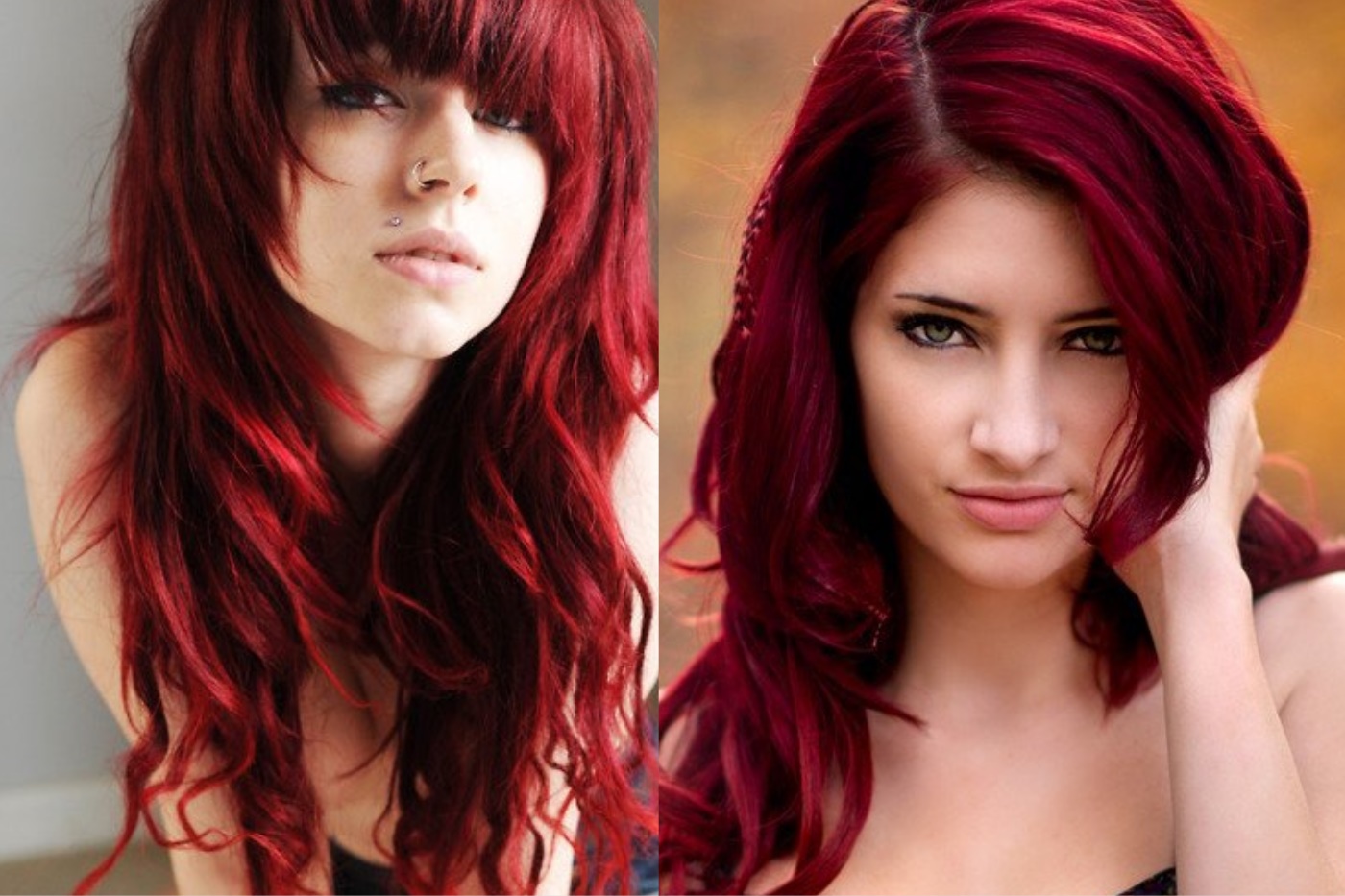
We will explain why it is undesirable to mix two different hair dyes rash:
- Firstly, hair Different professional brands need carefully, often they are incompatible with each other, Although not always. Whether companies are doing specially as to force stylists to use only their brand, the question is controversial. But the fact is that if you rashly mix two tones of different companies, then you can get the effect of a “chemical bomb” when one paint will neutralize the other.
Verify, is it possible to mix hair dyes You can only read their chemical formulas that are written by Latin. And having some knowledge in chemistry. If you read the formulas of colors and understand that they coincide by 80%, and if you are aware that the differences in the composition are not fundamental, then the colors of different brands can be mixed.
- Secondly, what is written above is true only to mix hair dye in the coloring process itself. Trying to mix fresh paint with the one that is already on your head is still not too good idea. Hair scales are simply physically clogged with the previous paint, and the new color will take badly.
- Thirdly, you usually need to not only cope with pigments after the previous coloring, but also paint over natural overgrown roots. Make an invisible border. This means to discolor, and it is better to clean the hair with special shampoos, it is still desirable.
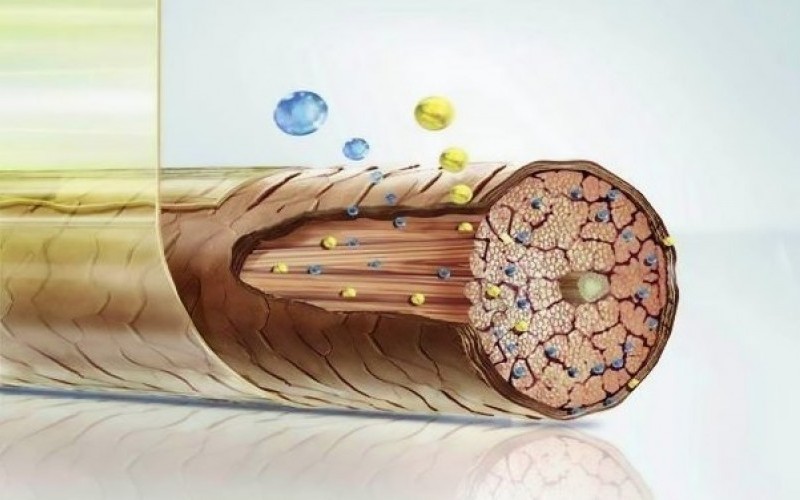
- Hair clearance shampoos
These are special products that are recommended before staining. They qualitatively cleanse the hair and scalp, literally "to the creak." Wash pigments, skin fat, traces of silicones. In a word, the hair scales and pores of the scalp are dispersed and open. They say that after using such shampoos, hair and skin is very easy to burn. But the leading world brands and the best masters color only professionally cleaned hair. To avoid a burn, use protective serums, choose a low ammonia paint and 1.5-3% oxide (we will talk about what these figures mean). If time permits, you can wash your head with deep cleaning shampoo a day or two until the very staining so that the protective functions of the skin can recover.
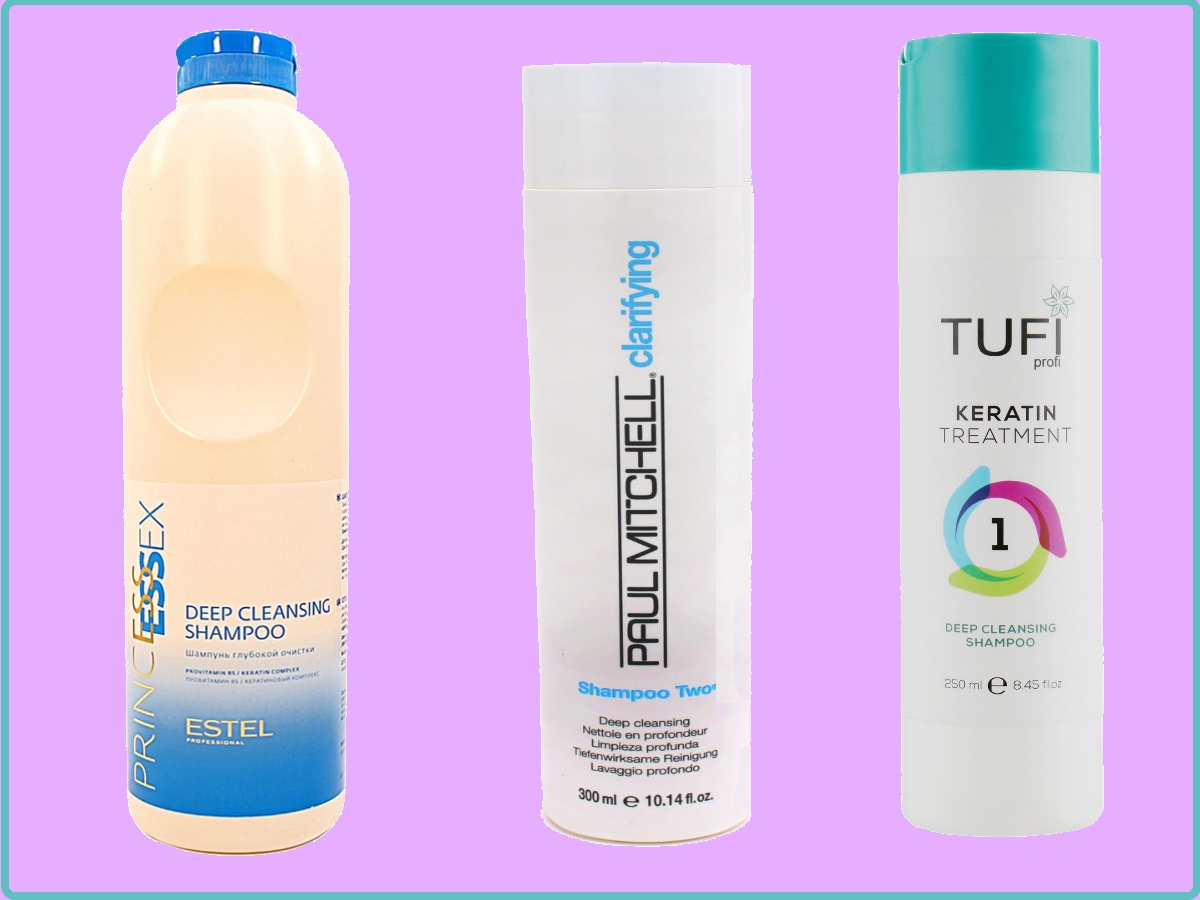
How to mix hair dye if it is impossible to get rid of paint on your hair?
Before mixing hair dye and start dyeing, try to get rid of the previous pigment on the hair as much as possible. Sometimes this, unfortunately, can be done.
- The most striking example of paint that cannot be derived is natural henna. She remains in her hair forever. And when trying to lighten, it gives a green color, which can only be hidden in dark shades. It is interesting that in practice, many “henna”, bought in the store, is not at all henna, but by ordinary dye, and still successfully washed off.
- Yellow pigment on the hair of blondes. Snow -white hair is a dream of many. But did you know that completely bleached hair is hair that will fall soon. The fact is that the yellow pigment is in the "heart" of the hair, and you can get rid of it only by destroying the hair. All the qualitatively colored blondes, whose hair looks snow -white, actually have yellow hair color, and their appearance is the result of painstaking and frequent toning.
- After staining in dark colors Often there are problems. Black is always some kind of darkened color, it can be copper, dark blue. In the best case, the darkened natural blond. And if you try to bleach your hair and mix hair dye with these pigments, their colors will appear, and perhaps they will never behed out to the end at all.
- Hot ironing For hair, especially if you use it on wet hair, is able to literally imprint the dyed pigment deep into the hair. Frequent styling is harmful to the health of the hair, and nothing can be done about it.
What to do in such cases, you ask. The output is simple:
If a pigment remains on the hair, which cannot be washed off, it remains only to dye the hair so that the paint is darker than the indelible pigment on the hair.

How to mix hair dyeing: color rules
Tinting the hair with a low percent oxidant or non -abomic paint is necessary in tone as bright as the hair itself. This is ideally. If we are not talking about tinting, but about staining, then you can downs down on a scale of hair tones into two tones. And if staining involves the use of 6% or higher oxide and mix hair dye with ammonia with it, then you can rise on a scale of tones by 2-3 tones.
These rules are not about homemade coloring paints, which can simultaneously give the hair a shade and lighten. It is observed by masters in salons, who first brighten the hair (unless, of course, the client wants it), then meticulously determine the tone, And only then they apply another layer of paint mixed with the most non -aggressive low percent oxide to give a shade. This shade can be completely different: as ashen, pearl, golden, reddish, beige, it can be mixed. But shades of paint should have the same depth of tone as the hair.
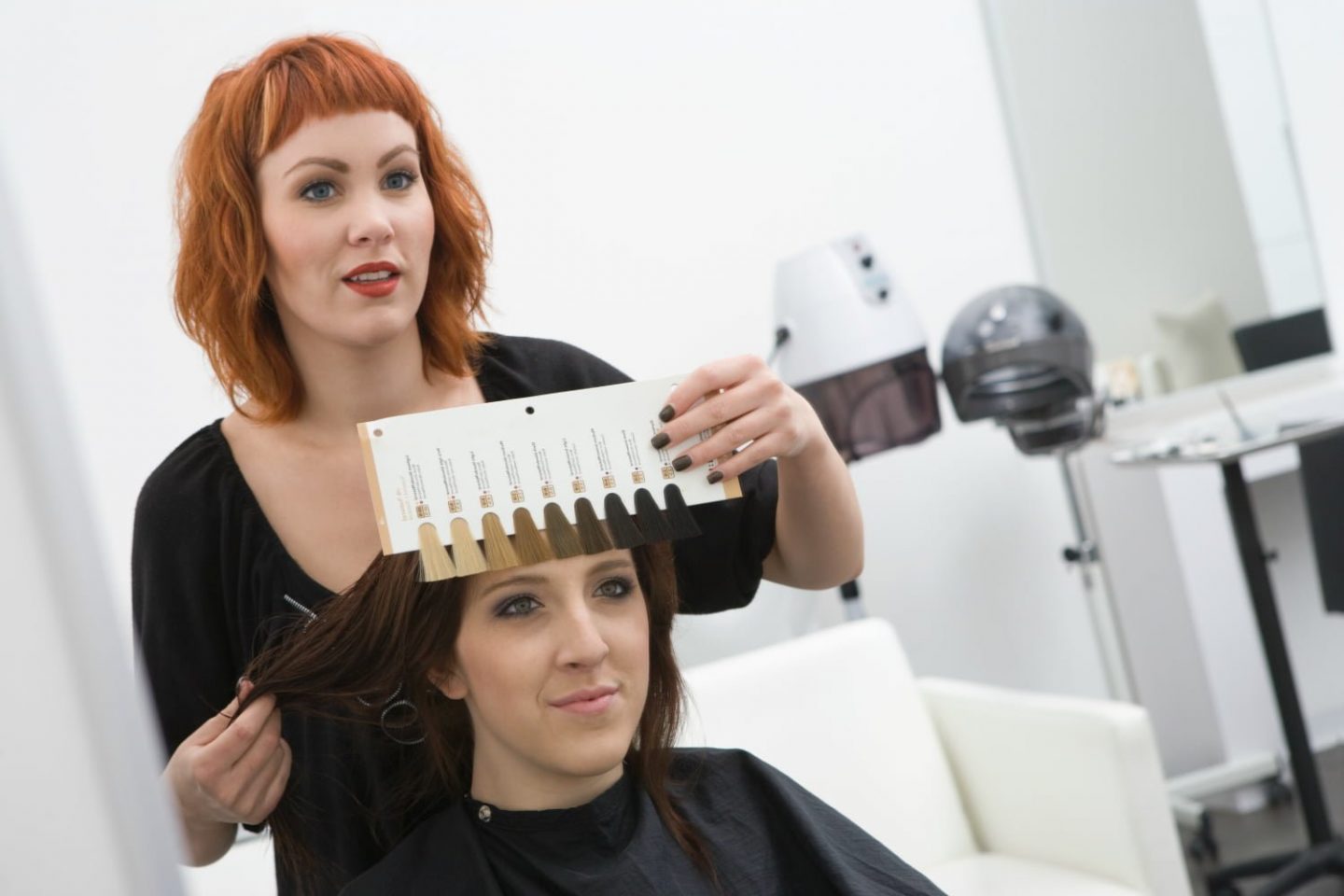
Agree if you apply a tone for blondes on black hair, then nothing good will work. And if you mix hair dye in order to combine the process of lightening and tinting, then it is likely not to get into the desired tone:
- If there is too little colored pigment, then the paint will not hide the background of clarification and the yellowness may be visible.
- If there are too many particles of the pigment, then the hair will turn out to be darker than they could be.
- So, before mixing hair dye, you need to determine your tone. The tones of the color of the hair are indicated by numbers from 1 to 10.
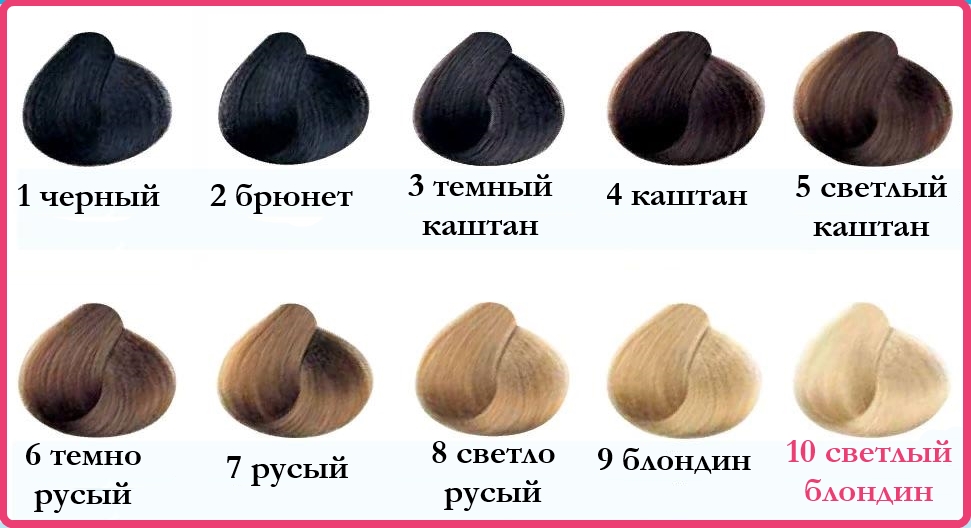
It is possible to determine the tone of hair more convenient using the following picture, this is a color circle on which there are many shades and halftones. But the basic principle is the same, there are ten tones of the brightness of the hair, which are indicated from 1 to 10. Stylists and hairdressers sometimes even apply a printed scale to the client’s head, with hair tones to correctly determine the color of the “base”.

IMPORTANT: If you have doubts about the tone of hair - choose among two tones, between which you doubt, the one that is darker.
Suppose you have decided on the tone, what to do next? Then you can choose from many shades that are suitable in order to tint your hair. Below photo of the paint palette Matrix Socolor (this is ammonia paint), see how many tinting options in it are for the same depth of hair tone. Suppose you have determined that you have 8 tone. This means that shades are definitely suitable for you:
- 8n Natural color of the eighth depth of tone.
- Mixed one to one 7a and 9a (ash tones), having mixed up, they will create 8 The level of depth of tone.
- 8AV Pepel-perlamur.
- 8p pearl.
- 8ss Deep copper and other shades with the eighth level of tone depth.
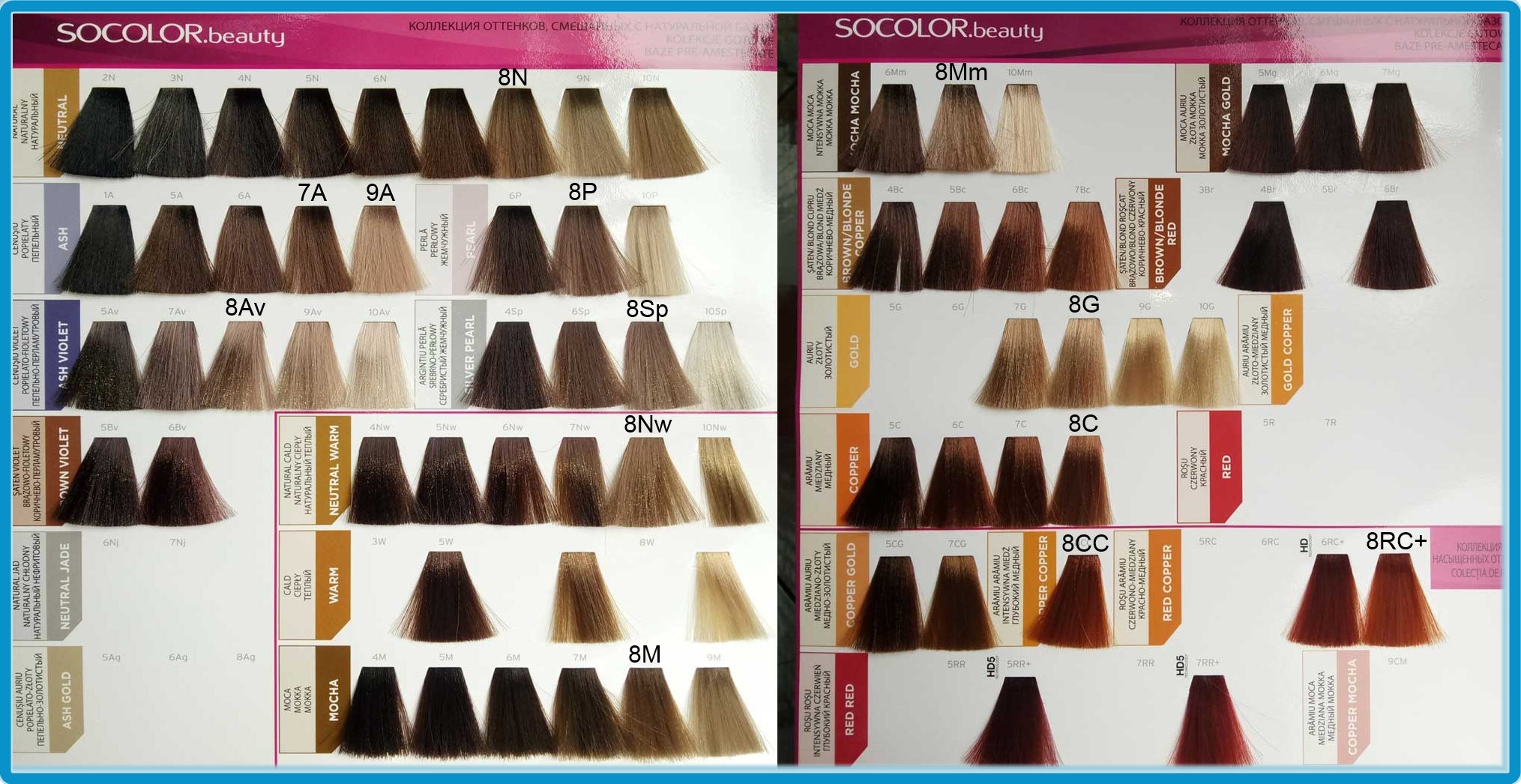
You can, absolutely without fear of unpleasant consequences, mix hair dye inside the same color row. For example, 5n C. 7n, as a result, you will simply get a natural shade of the sixth depth of tone ( 6n). Similarly, you can mix, for example, natural warm colors 4NW and 8NW, In equal proportions, the result will be a shade 6NW. You can also mix shades inside any other color row.
As for mixing shades from different color rows among themselves, everything is more complicated here. And some shades can be mixed with each other, and some do not.
- For example, if you mix ash dye 9a And dye 5m, then as a result you get color 7 levels of depth of tone. But as for the shade, you risk getting violet shade of hair. Why is this happening? Ash dye is involved in purple pigment, And in the dark colors of the "Mokka" there is red pigment. And if you mix them, muffled purple and red can make hair purple.
- If you mix the shades of Matrix 6n and 8NW, then nothing critical will happen, it will turn out natural color, with some warmth of the level 7 depth of the tone.
- Palette Matrix It is notable for the fact that at the beginning of each color row, the color of the pigment, which is in dyes, is indicated.
Define, on which pigments this or that paint is involved - The task is difficult even for the colorist. And this is important, because it depends on how to mix dyes for hair together. All this is found out only experimentally during work. It means that the proportions and saturation of pigments in colors from different manufacturers are unclear. Although in general terms, most colors are created on the same pigments.
- Ash paint For hair contains purple pigment. Which is laid out as red + blue.
- Natural row These are paints with brown pigment. Brown is red + yellow + blue.
- Mocha or chocolate color, these are 2 parts of red + 1 part of the yellow + 1 part blue.
In the palette of colors, you can sometimes find other definitions, for example:
- Sheer Pastele - Translated by "deep pastel." These are soft, very diluted tones specifically for blondes and their brightened damaged hair. Such paint is able to lie on porous hair evenly.

How to mix hair dyes with corrector and is it necessary?
Another part of the palette of professional colors, which can be confused by the usual layman - color proofreaders. This is how samples of color proofreaders in the palette look like Estel:
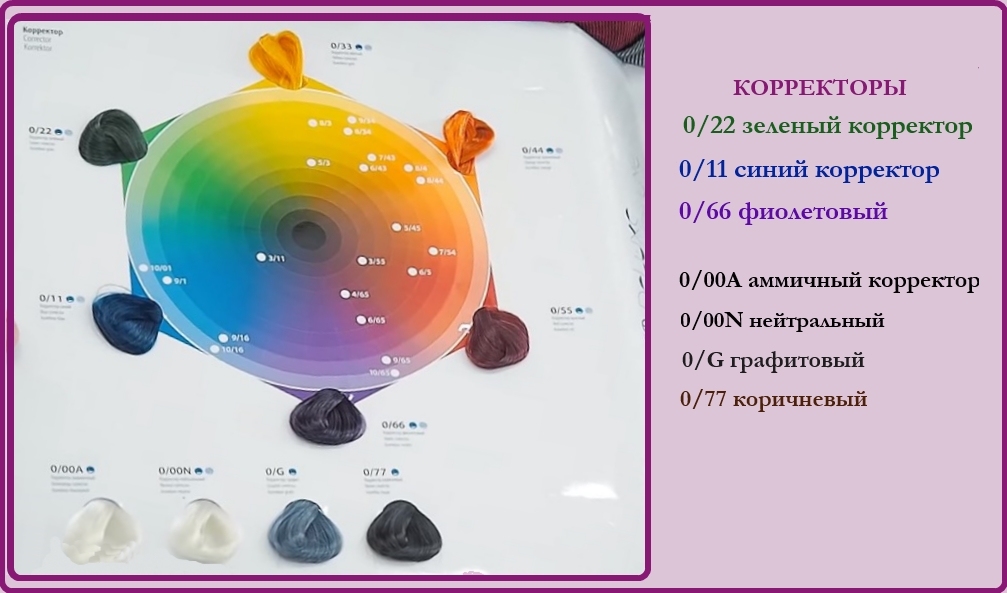
Correlators are needed in order to remove, or rather to mask the undesirable shade on the hair. If you lighten your hair, then:
- Black original color, lightening gives copper. To remove a copper shade, you can mix hair dye with a small amount of green corrector, but usually copper is pleasant to the eye, and this is not done.
- If you lighten dark hair further, or if the hair is initially brown, then after lightening appears ginger colour. It looks like too bright and some kind of rusty, so they usually want to get rid of it. And here comes to the rescue blue corrector, Blue color is able to neutralize orange and turn it into neutral.
- Yellowness of hair, which blondes do not like so neutralize purple color and purple corrector.
The general principle is this: the colors that are opposite to each other on the color circle - neutralize each other. But in practice color proofreaders You need to add a little bit to the paint. AT Estel Their required amount is measured with centimeters. For example, you need to squeeze out a round strip of purple corrector from the tube two centimeters long.
- Ammonia corrector Makes the paint more aggressive. As you know, the larger in the paint of ammonia and the higher the percentage of the oxidizing agent, the stronger and faster the paint brightens the hair.
- Neutral corrector - This is the contrary to the paint diluent. It is useful, for example, when you need to paint a blonde with severely damaged hair so that too much pigment does not stop on her hair.
- Red corrector Saves when unwanted greens appear on the hair. Greens are infrequent, but sometimes it can appear if you mix the hair dye for natural and ashen shades. Moreover, one of these shades can be a native for hair. A small amount of red corrector in the mixture mixture will prevent such a problem.
- Brown corrector It is able to make more vivid chocolate and natural shades of paint.
- Green, yellow and orange strands In palette Estel- Corresponders that are rarely used. There is no fundamental difference between the corrector and hair dye, we will talk about this below.

How can you mix hair dyes and do without proofreaders?
For example, you decided to dye your hair with professional Estel paint. You natural hair 5 levels of tone depth. And you want to get shade 8/76which looks like a light blond with an ashen haze. How to do it?
- Before mixing hair dye, you need clarify hair into three tones. This will need an oxidizing agent and four the powder.
- Further, according to the logic of things, you will have yellowness of hair after lightening. And if you just dye your hair with 8/76 paint you will not get the desired shade. What you will succeed - broured warm color, without ashy haze. Because additionally you need to neutralize the yellowness of the hair.
- This yellowness could be neutralized violet corrector 0/66 added to paint.
- But you can go in the other way, instead of the corrector, add other paint to the paint, in which the purple color is pronounced. For example, paint 8/65 (light blond purple-red) and mix this paint with the desired shade of 8/76 in a proportion of one to one.
How to mix hair dyeing correctly? It is better to mix two types of paint, not paint and corrector. The corrector needs a very small amount, and therefore there is a large risk of stiring it poorly. If you use correctors, then be sure to stir them well. Add a corrector directly to the paint, then mix it well, and only then add the oxidizing agent.

